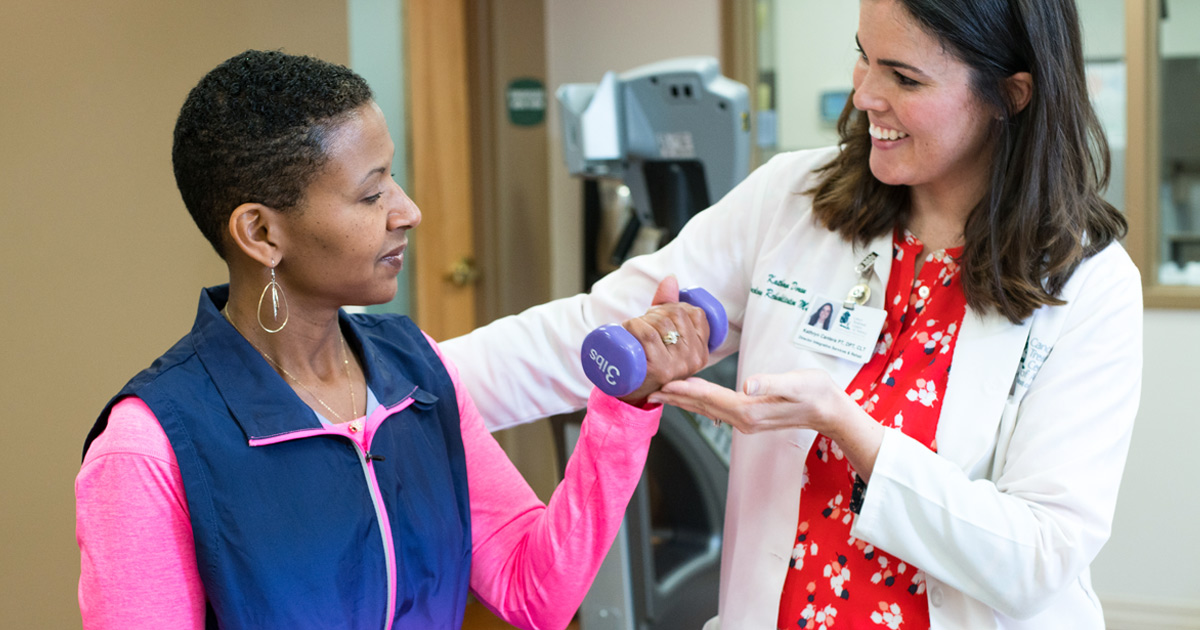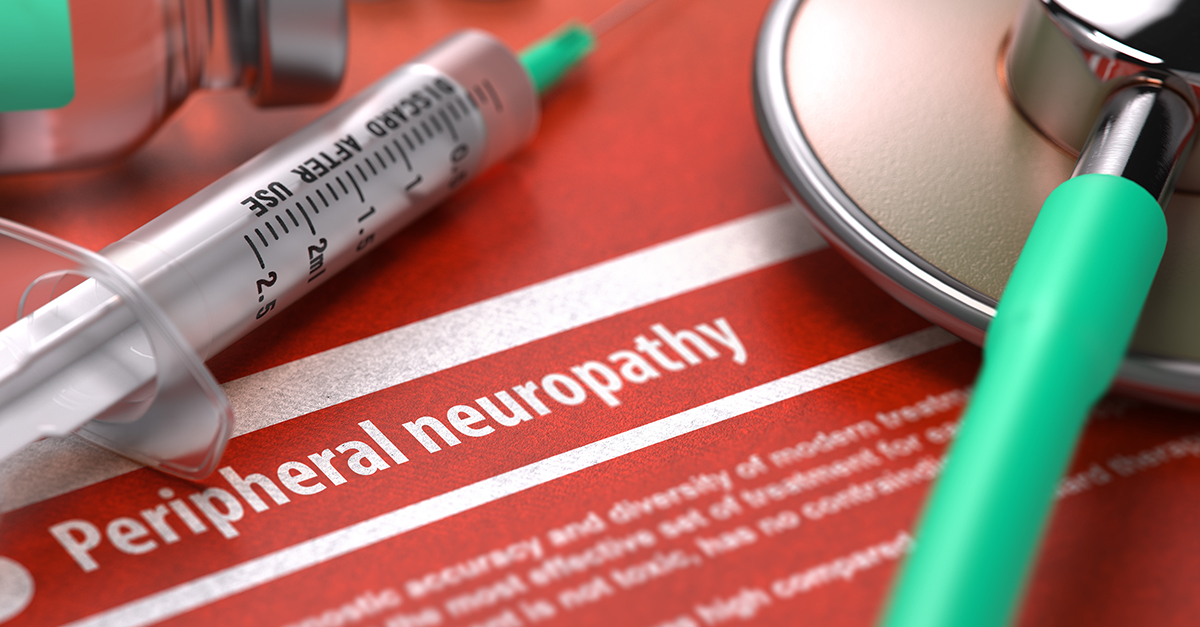
Many patients who undergo surgery incorporate physical therapy into their recovery plan, especially if the procedure involved arms, legs or central nervous system—parts of the body that move or regulate movement. But physical therapy also is a critical component for patients who have undergone breast surgery, including surgery to treat breast cancer and or radiation to the breast. Whether it’s a lumpectomy or a double mastectomy, most breast cancer treatments involve some type of surgery, or even multiple surgeries, which often come with side effects, such as pain and lymphedema. “Physical therapy after breast surgery may help in three areas. One is range of motion and strength, second is lymphedema, and the third is pain,” says Miral Amin, MD, Surgical Oncologist and Oncoplastic Breast Surgeon at our Chicago hospital.
Range of motion
After breast cancer surgery and/or breast reconstruction, and/or radiation therapy to the breast or chest wall, a patient may find it difficult and painful to lift her arm above her head or behind her back. Physical therapy exercises are designed to restore these movements and reduce pain. “And reduced range of motion may affect cancer treatment,” Dr. Amin says. “If a patient can’t move her arm high enough, we might not be able to radiate that area either. So, you need to do physical therapy to improve range of motion.”
Lymphedema
Lymphedema is caused when lymph nodes are removed or damaged by cancer surgery or the disease itself or due to effects of radiation. This results in swelling caused by a buildup of lymph, the clear fluid that helps the body filter waste. Lymphedema can be uncomfortable and even painful, and over time, it may result in infections. Physical therapy might not help lymphedema go away, but it may help reduce swelling by moving the fluid back into the lymph system.
Pain
Breast surgery may cause tightness in the chest and under the arm. “That tightness can cause chronic pain,” Dr. Amin says. Physical therapy may eventually ease the tightness that causes pain.
Dr. Amin recommends patients wait up to three to six weeks before beginning a physical therapy plan, and talk to their doctor first before starting an exercise regimen. She also suggests getting a physical therapy prescription that offers the option of getting therapy supervised by a licensed professional. The American Cancer Society also offers step-by-step instructions for a variety of exercises that may help improve range of motion and reduce tightness and pain.
Physical therapy tips
- Talk to your doctor. Don’t start an exercise plan or physical therapy without consulting your doctor. He/she may also prescribe physical therapy.
- Be patient. Doing too much too fast may cause damage. Improvement only comes over time.
- Breathe. Breathing helps ease pain and reduce stress.
- Take a walk. Post-surgery fitness is not just about moving the affected area. Taking a brisk walk every day is good for the heart and increases blood flow, which promotes healing.
- Warm up. Never exercise cold muscles. Start slowly, and gradually increase or speed up your movement. Consider performing arm movements during or just after a warm shower.
- Look in the mirror. By watching yourself, you can make sure you maintain good form and posture.
- Hydrate. Always drink plenty of water when you exercise.


